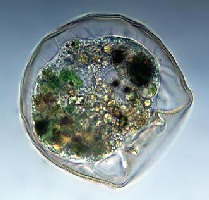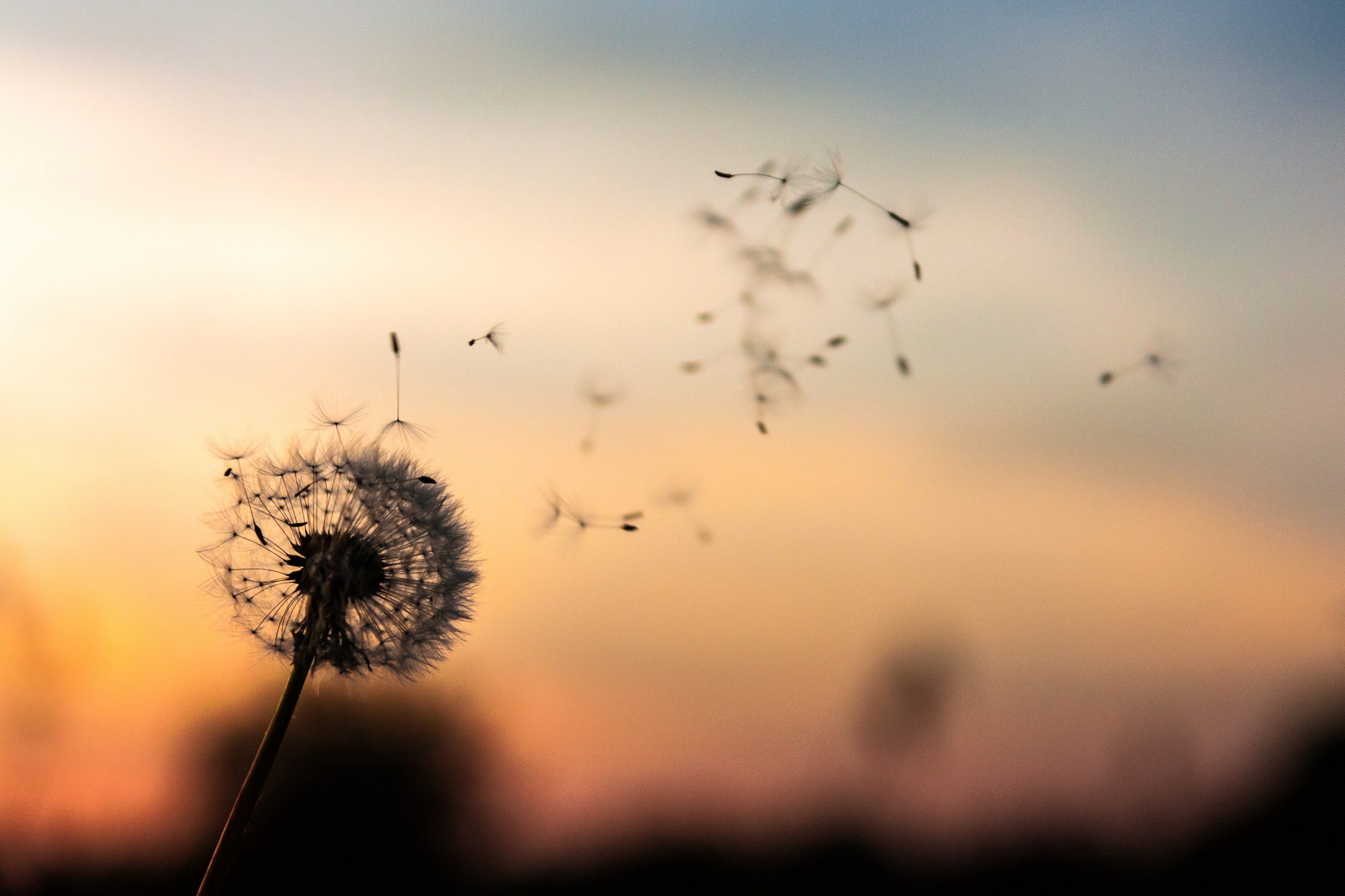 This organization is usually governed by a genetic program, a series of instructions for carrying out metabolic reactions essential to the functioning of the cell and the organism if they live in community. So the android is not part of the same category if it is now able to react to its environment without specific instructions.
This organization is usually governed by a genetic program, a series of instructions for carrying out metabolic reactions essential to the functioning of the cell and the organism if they live in community. So the android is not part of the same category if it is now able to react to its environment without specific instructions.
However, we will modify this statement when we discuss the subject of the various possible life forms.
Professor Christian de Duve of the Université Catholique de Louvain (UCL/CIP), winner of the Nobel Prize in Medicine, defines life by its physical structure.
Starting from a particularly diverse order of the evolutionary tree (the phylogenetic tree is divided into branches, classes, and orders), statistics on the molecular classification of the genome of living beings – or at least a portion of its genes – show that we all descend from a common trunk where we find the first cell: the eukaryotic cell, where the nucleus is separated from the cytoplasm.
This living being is divided into 3 parts:
- A permeable membrane that separates it from the outside world.
- A genetic material that governs self-replication.
- Proteins which provide labor and whose spatial conformation is very high.
These definitions of life apply perfectly to unicellular organisms, from bacteria to paramecium. Their agility and movement and their reproduction mode are all signs of liveliness. But during the amazing cell division of a human embryo, it is quite different. Looking at the stages of a multicellular organism, at which stage of evolution can we speak of a living organism?
Leaving the ethical problem to others, we find that the answer is not as simple as before. Eyes glued to the eyepiece of a microscope, many cell divisions are observed, yet there is still only one organism.
This division of roles results in delegating to the organism some physiological functions, such as breathing, digestion, excretion, etc., all vital functions which all cells need in order to grow.
We can therefore conclude that from the most frail sapling to the largest mammal, life is not contained in the cell, but in the whole organism. The individual itself doesn’t exist anymore. It is true that at the initial stage, virtually all cells can take over any function of the organism.
When the adult individual starts to disappear, other specialized cells will take its place to ensure the survival of the whole. Millions of cells die every day in the human body to our greatest indifference. But if the body dies, all the cells will follow the same universal law.

N
why i have to sign
tjjj
fssdqfsd
w
G
Shesh
yes
okay
axcz